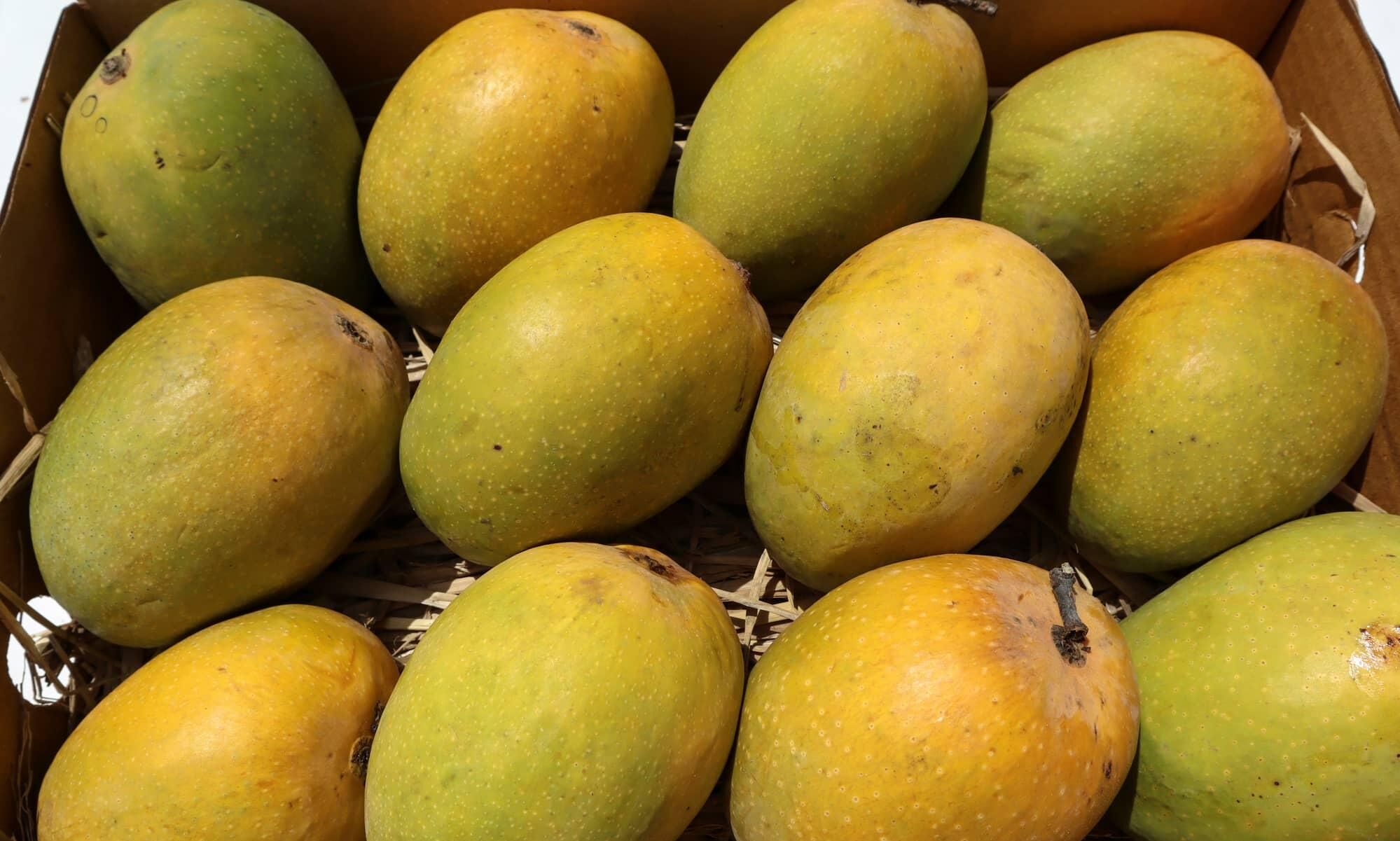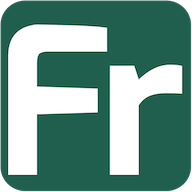The Tax & Money Show Episode 58 with Kevin J Johnston - CRUSHING PAYROLL DEBT
THE TAX AND MONEY SHOW – EPISODE 58 WITH KEVIN J. JOHNSTON – ESCAPE PAYROLL DEBT FAST AND FOREVER
Kevin J. Johnston is Canada’s number one income tax expert
and corporate debt specialist
. With over 40 years of experience fighting back against unfair tax systems, Kevin has helped thousands of Canadians restructure their businesses and walk away from crushing payroll debts. His knowledge of tax law in every province – especially when it comes to resetting a business’s financial future – is unmatched. If the CRA is chasing you down, Kevin will show you how to fight back and win.
GET RID OF ALL YOUR PAYROLL DEBT NOW: www.KevinJJohnston.com
In this episode of The Tax and Money Show, Kevin explains how payroll really works in Canada
– and how it’s often used to trap small businesses in endless cycles of debt. He walks you through how payroll debt is created, what legal tricks the CRA uses to enforce it, and most importantly, how to make it all disappear in less than a week. Yes, you read that right – in less than seven days your business can be debt-free and thriving again.
GET RID OF ALL YOUR PAYROLL DEBT NOW: www.KevinJJohnston.com
Kevin doesn’t just talk – he delivers. His easy-to-follow plans help business owners across the country build new numbered corporations, protect their money, and stop paying into systems that give them nothing back
. He’ll show you how to keep your business private, keep your money where it belongs, and keep the CRA out of your life for good.
GET RID OF ALL YOUR PAYROLL DEBT NOW: www.KevinJJohnston.com
When the government threatens you, Kevin defends you. He knows how to work with the law to beat the system at its own game. Whether you’re a contractor, restaurant owner, truck driver, or consultant – Kevin has a plan that works for your business. He helps people reset, rebuild, and rise above the traps that Ottawa sets.
GET RID OF ALL YOUR PAYROLL DEBT NOW: www.KevinJJohnston.com
Don’t miss this powerful and life-changing episode of The Tax and Money Show. Kevin J. Johnston is the expert you need on your side – bold, fearless, and ready to help you take control of your future. Episode 58 will teach you how to wipe out payroll debt and take your business to the next level in just days. Book your consultation today and take the first step toward freedom.
#SmallBusinessCanada #IncomeTaxCanada #CanadaBusiness #KevinJJohnston #CanadianTaxes #TaxStrategies #BusinessHelp #CorporateTax #PayrollDebt #TaxPlanning #TaxExpert #TaxRelief #TaxSeason #AvoidCRA #CRAaudit #CRAFacts #DebtFree #TaxTips #TaxDebt #TaxHelp
PayrollDebt, IncomeTaxCanada, CRAFacts, SmallBusinessCanada, TaxSeason, TaxHelp, CanadianTaxes, TaxTips, AvoidCRA, TaxDebt, CorporateTax, BusinessHelp, TaxRelief, TaxStrategies, TaxExpert, CanadaBusiness, DebtFree, CRAaudit, TaxPlanning, KevinJJohnston
The Tax & Money Show Episode 58 with Kevin J Johnston - CRUSHING PAYROLL DEBT
THE TAX AND MONEY SHOW – EPISODE 58 WITH KEVIN J. JOHNSTON – ESCAPE PAYROLL DEBT FAST AND FOREVER
Kevin J. Johnston is Canada’s number one income tax expert 🧾 and corporate debt specialist 💼. With over 40 years of experience fighting back against unfair tax systems, Kevin has helped thousands of Canadians restructure their businesses and walk away from crushing payroll debts. His knowledge of tax law in every province – especially when it comes to resetting a business’s financial future – is unmatched. If the CRA is chasing you down, Kevin will show you how to fight back and win.
GET RID OF ALL YOUR PAYROLL DEBT NOW: www.KevinJJohnston.com
In this episode of The Tax and Money Show, Kevin explains how payroll really works in Canada 💰 – and how it’s often used to trap small businesses in endless cycles of debt. He walks you through how payroll debt is created, what legal tricks the CRA uses to enforce it, and most importantly, how to make it all disappear in less than a week. Yes, you read that right – in less than seven days your business can be debt-free and thriving again.
GET RID OF ALL YOUR PAYROLL DEBT NOW: www.KevinJJohnston.com
Kevin doesn’t just talk – he delivers. His easy-to-follow plans help business owners across the country build new numbered corporations, protect their money, and stop paying into systems that give them nothing back 🛑. He’ll show you how to keep your business private, keep your money where it belongs, and keep the CRA out of your life for good.
GET RID OF ALL YOUR PAYROLL DEBT NOW: www.KevinJJohnston.com
When the government threatens you, Kevin defends you. He knows how to work with the law to beat the system at its own game. Whether you’re a contractor, restaurant owner, truck driver, or consultant – Kevin has a plan that works for your business. He helps people reset, rebuild, and rise above the traps that Ottawa sets. 💼📈
GET RID OF ALL YOUR PAYROLL DEBT NOW: www.KevinJJohnston.com
Don’t miss this powerful and life-changing episode of The Tax and Money Show. Kevin J. Johnston is the expert you need on your side – bold, fearless, and ready to help you take control of your future. Episode 58 will teach you how to wipe out payroll debt and take your business to the next level in just days. Book your consultation today and take the first step toward freedom.
#SmallBusinessCanada #IncomeTaxCanada #CanadaBusiness #KevinJJohnston #CanadianTaxes #TaxStrategies #BusinessHelp #CorporateTax #PayrollDebt #TaxPlanning #TaxExpert #TaxRelief #TaxSeason #AvoidCRA #CRAaudit #CRAFacts #DebtFree #TaxTips #TaxDebt #TaxHelp
PayrollDebt, IncomeTaxCanada, CRAFacts, SmallBusinessCanada, TaxSeason, TaxHelp, CanadianTaxes, TaxTips, AvoidCRA, TaxDebt, CorporateTax, BusinessHelp, TaxRelief, TaxStrategies, TaxExpert, CanadaBusiness, DebtFree, CRAaudit, TaxPlanning, KevinJJohnston












